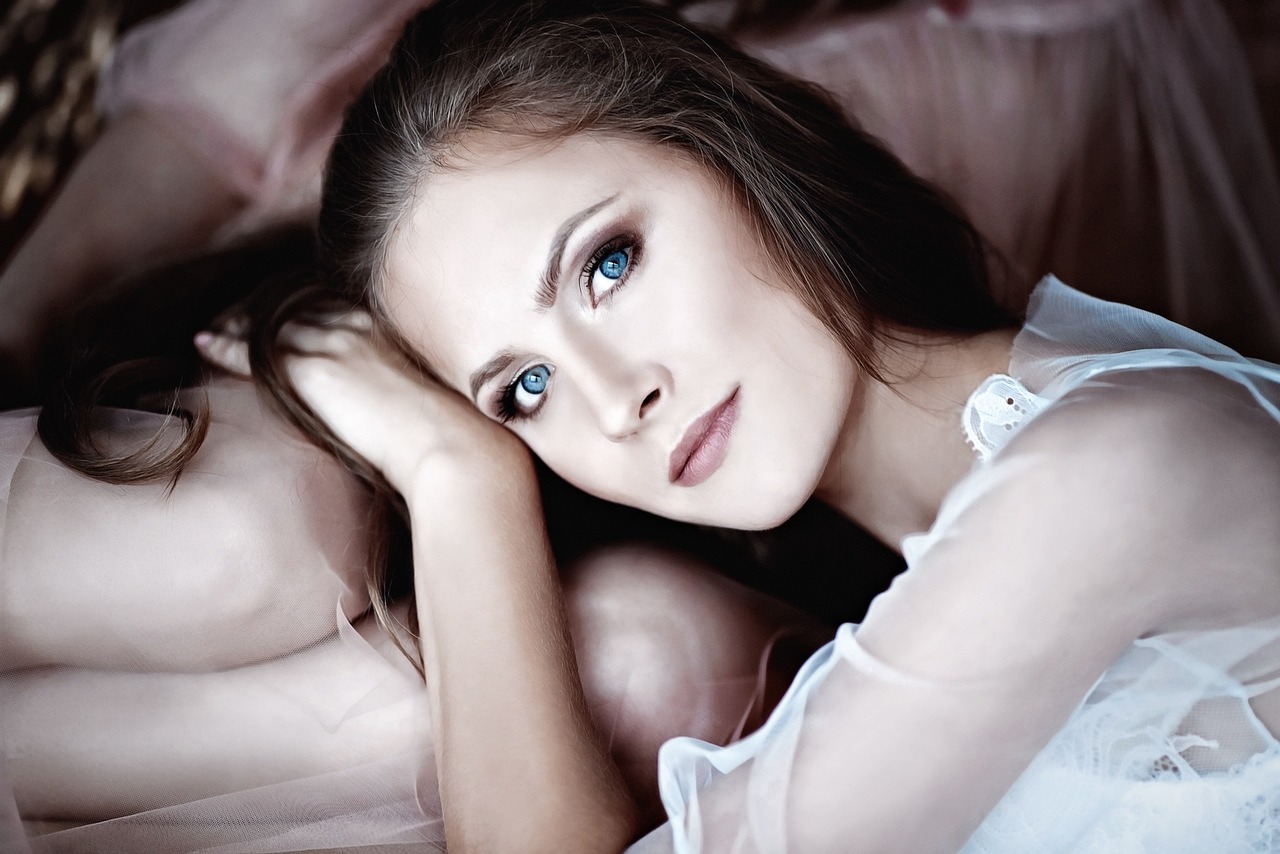
What Fashion Week Revealed About This Season’s Trends
Introduction
Fashion Week is the ultimate stage for showcasing the upcoming season’s trends, where designers from all over the world debut their collections, revealing what we’ll be wearing in the months to come. From Paris to New York, Fashion Week gives us an inside look into the future of fashion, setting the tone for colors, fabrics, and silhouettes that will dominate the global style scene. In this article, we’ll break down the most prominent trends from Fashion Week and how they shape the way we think about style this season.
The Power of Fashion Week in Setting Trends
Fashion Week serves as the global stage where the most innovative and creative minds in fashion come together to reveal their designs. But why does it matter so much? Let’s take a closer look.
Why Fashion Week Matters
Fashion Week is a powerful tool for setting trends because it allows designers to showcase their ideas in front of an audience of influential industry professionals, celebrities, and buyers. The visibility of these events helps determine what will become mainstream in the fashion world. What’s shown on the runway often trickles down to what we see in stores, allowing trends to spread worldwide.
Fashion Week’s Global Influence
While Fashion Week happens in major cities like Paris, Milan, and New York, the influence isn’t confined to these cities. The trends revealed in these global fashion capitals quickly spread to other regions, from the streets of Tokyo to the boutiques in London. Social media has also amplified Fashion Week’s reach, ensuring that the trends make it into our daily lives faster than ever before.
Key Trends Revealed on the Runway
So, what were the biggest trends that emerged from this season’s Fashion Week? Let’s dive into the most talked-about looks and themes that were highlighted on the runway.
Sustainability Takes Center Stage
One of the most dominant trends this season is the growing emphasis on sustainability. Designers are now focused on using eco-friendly materials and ethical production processes to ensure their collections contribute positively to the environment. We saw an increase in recycled fabrics, plant-based materials, and fashion pieces that promote longevity over fast fashion.
Bold Colors and Vibrant Hues
If there’s one thing this season’s runway collections have in common, it’s the use of bold, vibrant colors. From neon greens and electric blues to fiery oranges and sunny yellows, color was a key theme across many collections. This trend reflects a desire to break away from the neutral tones of previous seasons and embrace a more playful, energetic approach to fashion.
Gender Fluidity in Fashion
Another significant trend that gained traction at Fashion Week was the rise of gender fluidity in fashion. Designers are increasingly embracing non-binary silhouettes, creating clothing that can be worn by anyone, regardless of gender. Loose, oversized garments, unisex cuts, and fluid fabrics dominated many collections, reflecting a shift towards more inclusive and adaptable fashion.
Notable Designers and Their Impact
While many designers have left their mark this season, there are a few who truly stood out for their groundbreaking collections.

The Innovation of Emerging Designers
Emerging designers are pushing the boundaries of traditional fashion and leading the charge in terms of sustainability and technology. Young designers are using Fashion Week as a platform to introduce new ideas, experiment with unconventional materials, and advocate for ethical production methods. Their innovation is shaping the future of fashion in profound ways.
Veteran Designers and Their Enduring Influence
On the flip side, veteran designers continue to dominate Fashion Week, offering timeless pieces that are refined yet forward-thinking. Icons like Karl Lagerfeld, Giorgio Armani, and Vivienne Westwood maintain their relevance by balancing tradition with modernity. Their collections often serve as a reminder that classic styles will always have a place on the runway.
The Role of Technology in Modern Fashion
Technology has revolutionized every aspect of the fashion industry, and Fashion Week is no exception.
Digital Runways and Virtual Fashion
Due to the global pandemic, many fashion events went virtual, and this shift continues to influence Fashion Week today. Digital runways, livestreamed shows, and virtual reality experiences have allowed designers to reach a global audience in real-time. The incorporation of technology allows for greater creative expression, with digital designs and augmented reality playing an increasingly important role.
The Integration of AI in Design
Artificial intelligence is also making waves in the fashion world. AI-powered design tools are helping designers predict color trends, optimize garment fit, and streamline production processes. This cutting-edge technology ensures that collections are not only innovative but also more sustainable and efficient.
How Consumers Can Adopt These Trends
Now that we know what’s trending, how can you, the everyday consumer, embrace these runway styles in your own wardrobe?
Mixing High Fashion with Street Style
One of the easiest ways to adopt Fashion Week trends is by mixing high fashion with street style. Don’t be afraid to pair a bold runway piece with casual, everyday clothing. Layering and accessorizing can help you achieve a balanced look that feels fresh yet wearable.
Adapting Trends for Everyday Wear
Not every runway look is designed for everyday wear, but you can still incorporate elements of these trends into your daily outfits. For example, if bold colors aren’t your style, try adding pops of color with accessories like bags or shoes. Similarly, gender-fluid styles can be embraced through loose-fitting jackets or relaxed-fit trousers.
Conclusion
Fashion Week has once again revealed a wide array of trends that will influence the fashion world for seasons to come. From sustainability to gender fluidity, designers are pushing the boundaries of traditional fashion to create more inclusive, eco-conscious, and dynamic collections. As consumers, it’s important to stay ahead of these trends and integrate them into our personal styles. Whether you’re mixing high fashion with street style or embracing bold colors, Fashion Week’s trends offer endless possibilities for reinventing your wardrobe.
FAQs
1. What is the most important trend from this season’s Fashion Week?
Sustainability is by far the most important trend, with designers focusing on eco-friendly materials and ethical production methods.
2. How can I incorporate Fashion Week trends into my wardrobe?
You can mix high-fashion pieces with everyday wear, experiment with bold colors, and try gender-fluid styles for a modern, inclusive look.
3. Are digital and virtual fashion shows here to stay?
Yes, digital and virtual shows are becoming increasingly popular, allowing designers to reach a wider audience and embrace new forms of creativity.
4. Which designers were most influential this season?
Emerging designers pushing the envelope in sustainability and technology are making a huge impact, alongside veteran designers who continue to shape the industry.
5. How does Fashion Week impact consumer fashion?
Fashion Week influences consumer fashion by setting the tone for upcoming trends, which trickle down from the runway to mainstream retail.




